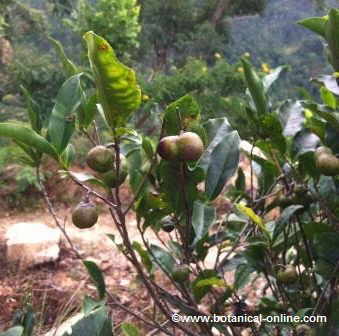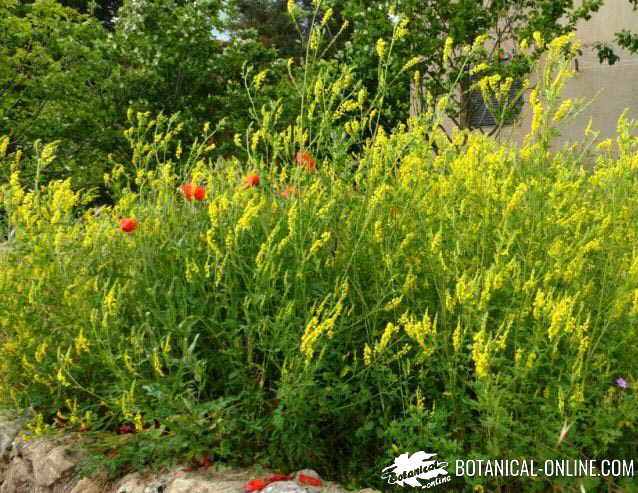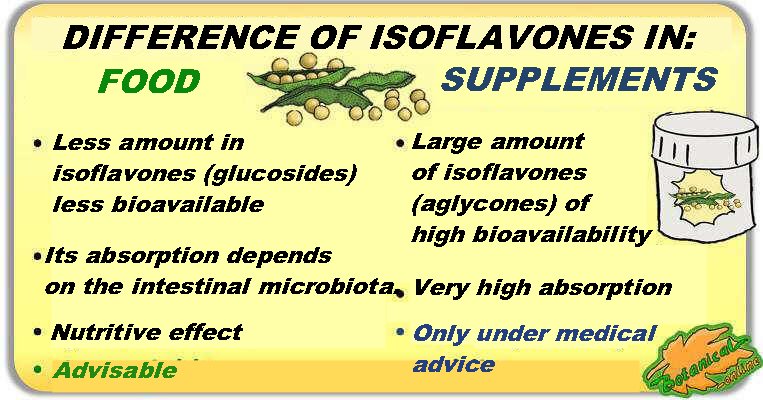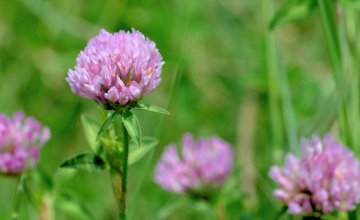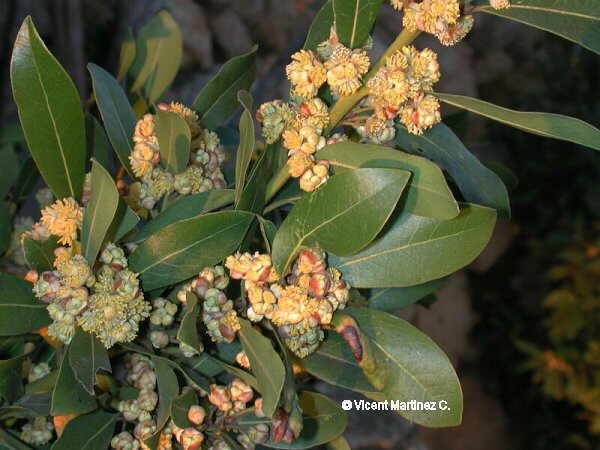Contents
Medicinal properties of sorghum
Curative properties of sorghum
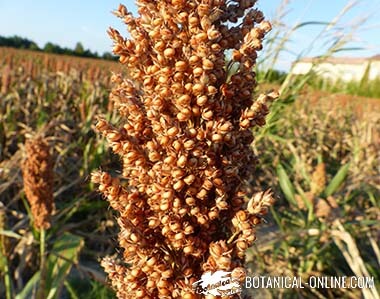 – Celiac disease: The main application of sorghum has been in diets for celiac people, like corn and rice. It can be used in the preparation of béchamel sauce, puddings, cookies, and endless culinary preparations suitable for coeliacs.
– Celiac disease: The main application of sorghum has been in diets for celiac people, like corn and rice. It can be used in the preparation of béchamel sauce, puddings, cookies, and endless culinary preparations suitable for coeliacs.
– Astringent: Sorghum grains have astringent properties due to its tannin content. This gives anti-inflammatory and healing properties.
To help heal or deflate an area with sorghum, you should prepare a poultice of crushed grains cooked and apply to the desired area. For greater efficiency, combined with other anti-inflammatory plants such as cat’s claw. Do not apply to open wounds or bleeding.
– Respiratory disorders: Sorghum is a demulcent cereal (which protects the skin mucous membranes or internal organs) and can help soften cough or bronchitis. (Decoction of sorghum grains)
– Anti-diarrhoeal: Decoction of sorghum grains is also recommended for people with constipation since it has emollient and laxative properties.
Toxicity of Sorghum
The toxicity of sorghum lies in its green parts: stem and leaves; so its grain consumption is no toxic and does not present any health risks. Attention must be placed to pastures for feeding animals.
What toxic components sorghum has?
Sorghum contains hydrocyanic acid, nitrites, alkaloids (hordein) and tannins.
When the plant is in its growth phase, its stem and leaves contain a cyanogenic glycoside called dhurrin, which decomposes into hydrocyanic acid (also known as prussic acid).
| Hydrocyanic acid concentration is highest in young plants, or less than 60cm in height. This concentration is reduced during plant growth and abruptly decreases when it flowers and grain shape, so then it is safe. |
Is sorghum poisonous to animals?
Although some animals can detoxify hydrocyanic acid, it is toxic to ruminants (cows, goats, sheep), poultry and other livestock.
Fresh green grass, silage and fodder over 90-120cm tall are considered safe. |
The nitrites concentration depend directly on the amount of fertilizer used and its quality.
Tannins can decrease the digestibility of the plant, causing the animals not to increase the desired weight (low feed efficiency).
Sorghum poisoning
Sorghum poisoning is caused by ingestion of plants with high content of hydrocyanic acid, mainly the stem or leaves.
Hydrocyanic acid in the body inactive enzymes (molecules) responsible for cell respiration (cytochrome oxidase), causing the blood cells can not take up oxygen and consequently leading to asphyxiation of all tissues of the body.
Especially affected tissues are those that require more irrigation, such as the brain and cardiovascular system.
An overdose can cause respiratory failure and death.
Symptoms of poisoning by hydrocyanic acid
In people: Salivation, burning in the mouth, feeling dry throat, nausea, vomiting, dizziness, facial flushing, tearing, headache, abdominal pain, bloody diarrhea, mydriasis (dilated pupils), respiratory paralysis.
In animals: unsteady gait, teeth grinding, grunting, bloating.
These symptoms may be mixed with those produced by tannins and nitrates in the same plant:
– Hematuria syndrome (caused by overdose of tannins).
– Nitritoid Syndrome (produced by nitrites).
The intake of 1kg of sorghum leaves is enough to intoxicate with hydrocyanic acid an animal of 500kg. |
The antidote for poisoning by hydrocyanic acid in cattle is usually an intravenous injection of 2.3 grams of sodium nitrate in water, followed by further injection of 6.4 grams of sodium thiosulfate.
![]() More information on sorghum.
More information on sorghum.

